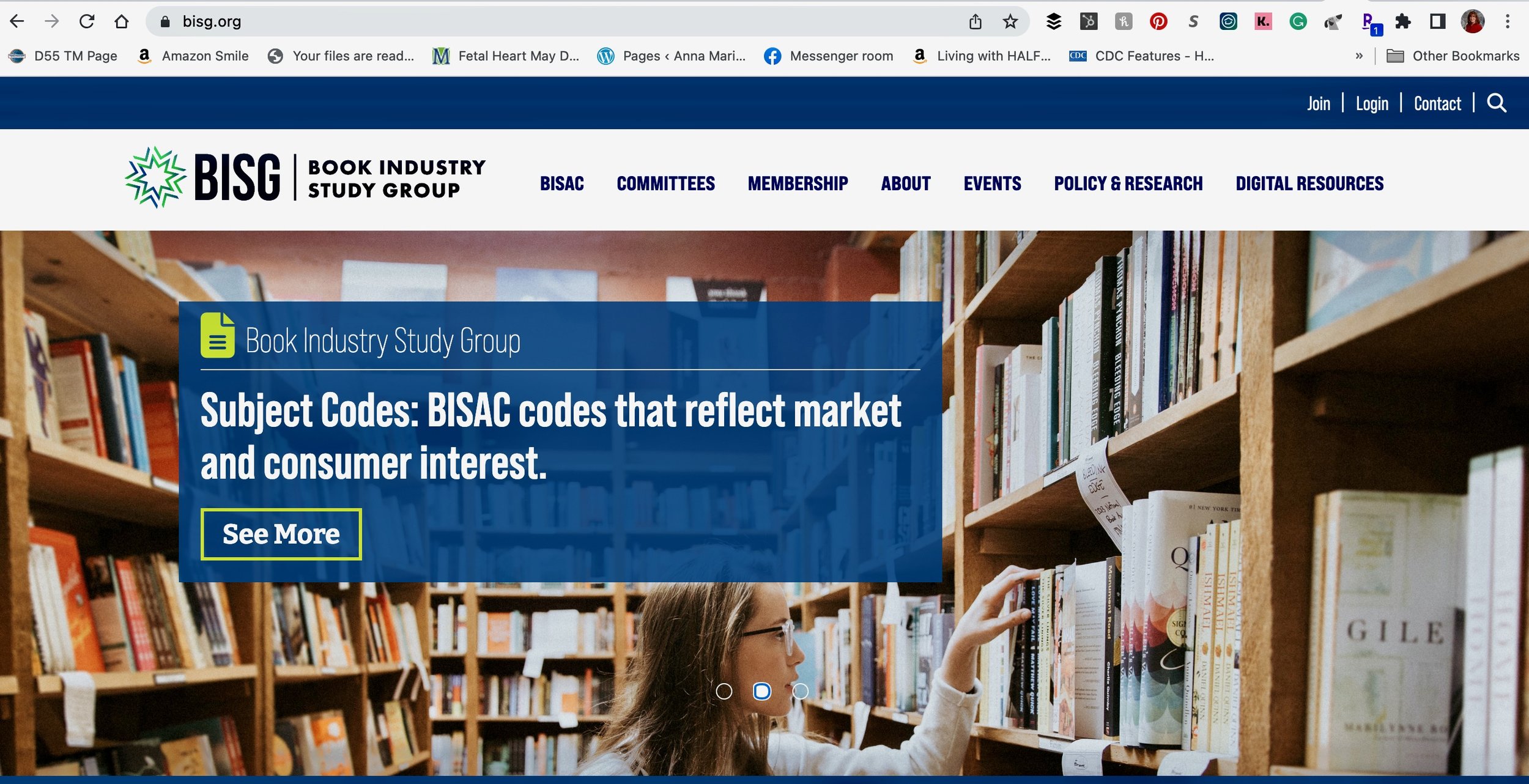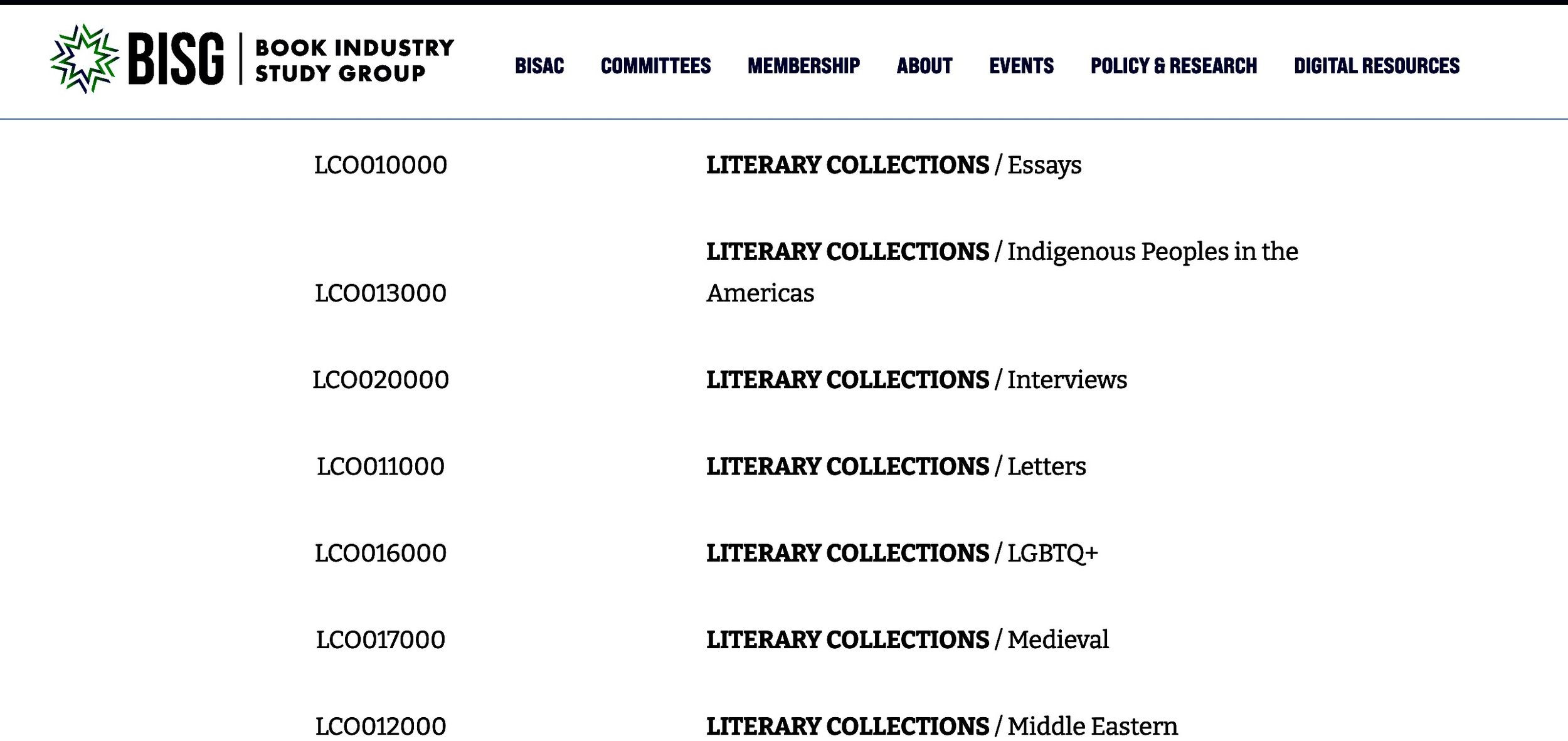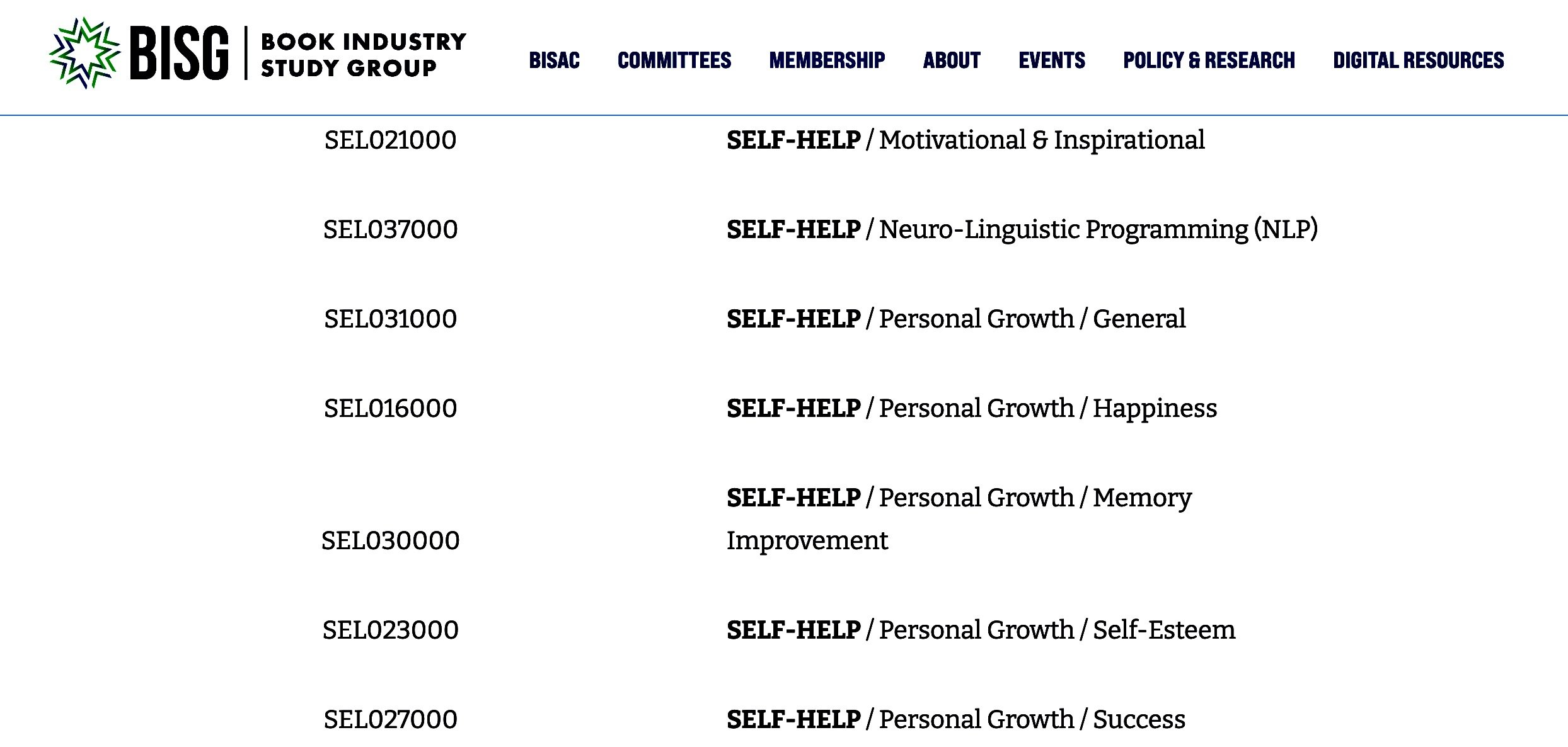What in the World is a BISAC and Why Would an Author Need One?
Welcome back to the Baby Hearts Press Blog. I’m going to work hard to do more blogging to take you through my journey of publishing books because there are more people self-publishing than ever before and there’s more to know than ever before, too.
When I first started publishing books in the 1990s, the world of publishing was very different than it is now. Back then, there were no print-on-demand books. Ebooks were something new, and there weren’t as many audiobooks available as there are today.
Baby Hearts Press is moving forward in the book publishing industry and we figure we might as well share what we’re learning along the way.
We are super excited to have a new book coming out later this year. That book is the third book in a series and it’s called The Heart of a Heart Warrior. If you’re not part of the congenital heart defect (CHD) community, you may not know what a “heart warrior” is but if you ARE part of the CHD community and you belong to groups on Facebook, you know that a heart warrior is someone who was born with a CHD.
What does that have to do with BISACs? Why does Baby Hearts Press need to worry about BISACs?
BISACs is an acronym that stands for Book Industry Standards and Communications and they are codes that are used by people in the book industry to help classify your book. You can go to the Book Industry Study Group website (bisg.org)
Let’s take our newest book, The Heart of a Heart Warrior. How to classify it takes some understanding of what the book is about. It’s actually an anthology—a book of essays by people with congenital heart defects. There’s a BISAC for that! On the BISG, we can go to their BISAC tab and find out the headings and then the subcategories to help us classify our book.
If you go to the Literary Collections category, you can see that this is probably the very best indication of what our book is about but you don’t want to choose the subcategory of “general” if you can help it. As you can see from this screenshot, there is actually one code specifically for “Essays”—which perfectly helps us to describe to booksellers and librarians where our book can be categorized. This means that we’ll need to use the code—LCO010000—note that the letter /O/ and a zero /0/ look slightly different! There is a 3-letter code followed by six numbers.
This is an anthology of essays, but it’s so much more than that! It’s written by people with congenital heart defects and that is important to know. There’s a BISAC for that, too.
That was pretty easy to find. Health & Fitness is the term used for health categories that are not for medical professionals. Then if you go to that page, there’s a huge list of sub-categories but the best one to describe our book is Diseases & Conditions/Heart. So we’ll use the HEA039080 code for our book to help booksellers and librarians.
Lastly, if you look at the sub-title of our book, you’ll see that we really need one more BISAC category to help people understand what our book is about. Our book’s title plus sub-title is: The Heart of a Heart Warrior: Congenital Heart Defect Stories of Hope. Our book is meant to inspire others. There’s a BISAC for that, too!
But now it’s a little bit harder to choose! It’s clearly a Self-Help book, but is it better to use the sub-category “Motivational & Inspirational” or “Personal Growth/Success”? The authors who contributed to this anthology experienced personal growth and success; however, I think that the “Motivational & Inspirational” subcategory is probably the best one for our purposes so we’ll use the SEL021000 code to help booksellers and librarians better classify our book.
I’ve read in a variety of places that you shouldn’t need more than 3 BISACs to help classify your book but using up to three is common practice. I hope that this blog post helped you better understand what a BISAC is and how it can help authors classify their books. One last note: The Book Industry Study Group changes its BISACs annually! This is great, as far as allowing the most current, and more accurate BISACs to be attached to your book, but it’s not great if you don’t know these exist, where to find them, and how to interpret them. Wishing you all the best on your publishing odyssey!




